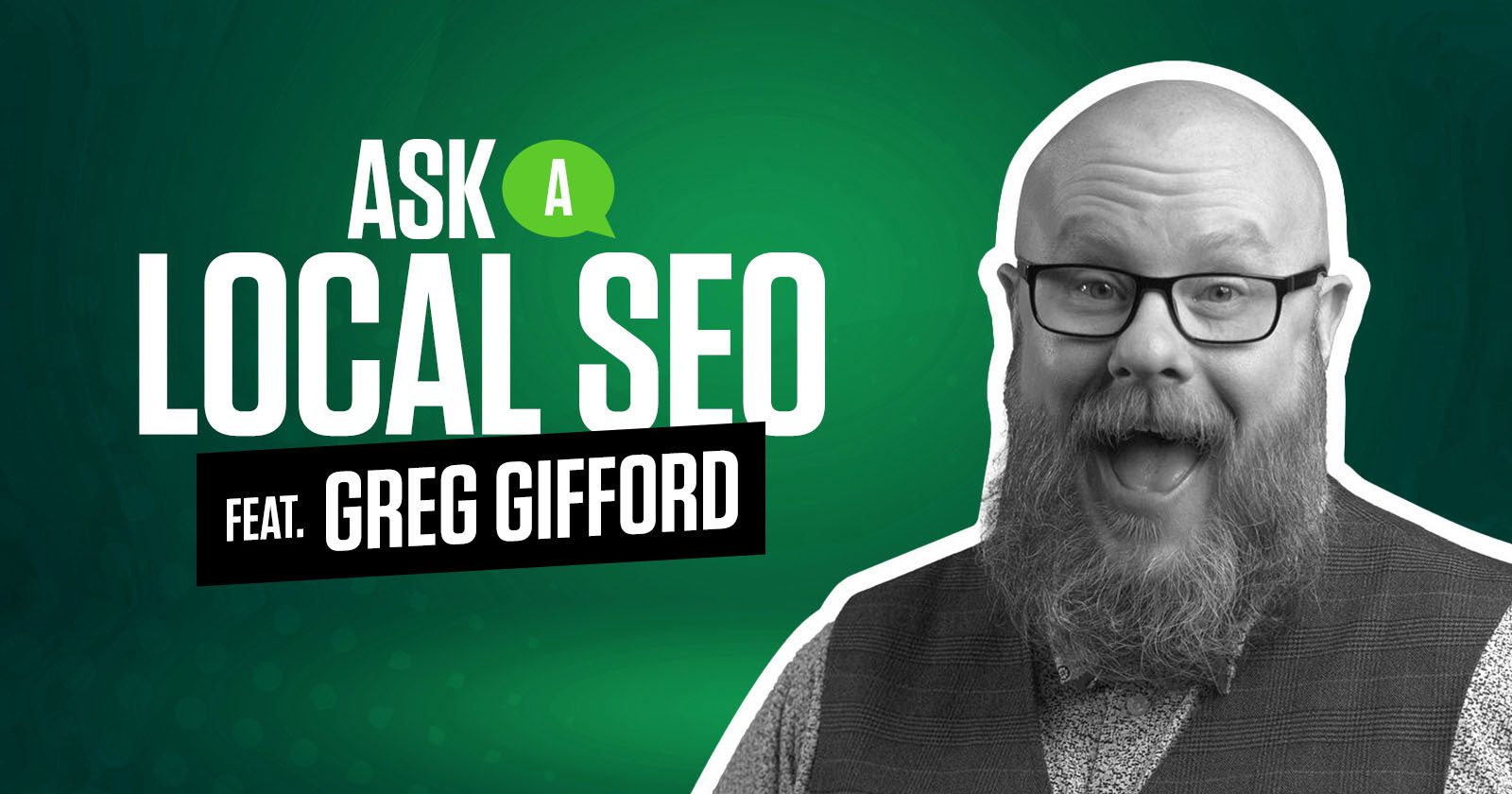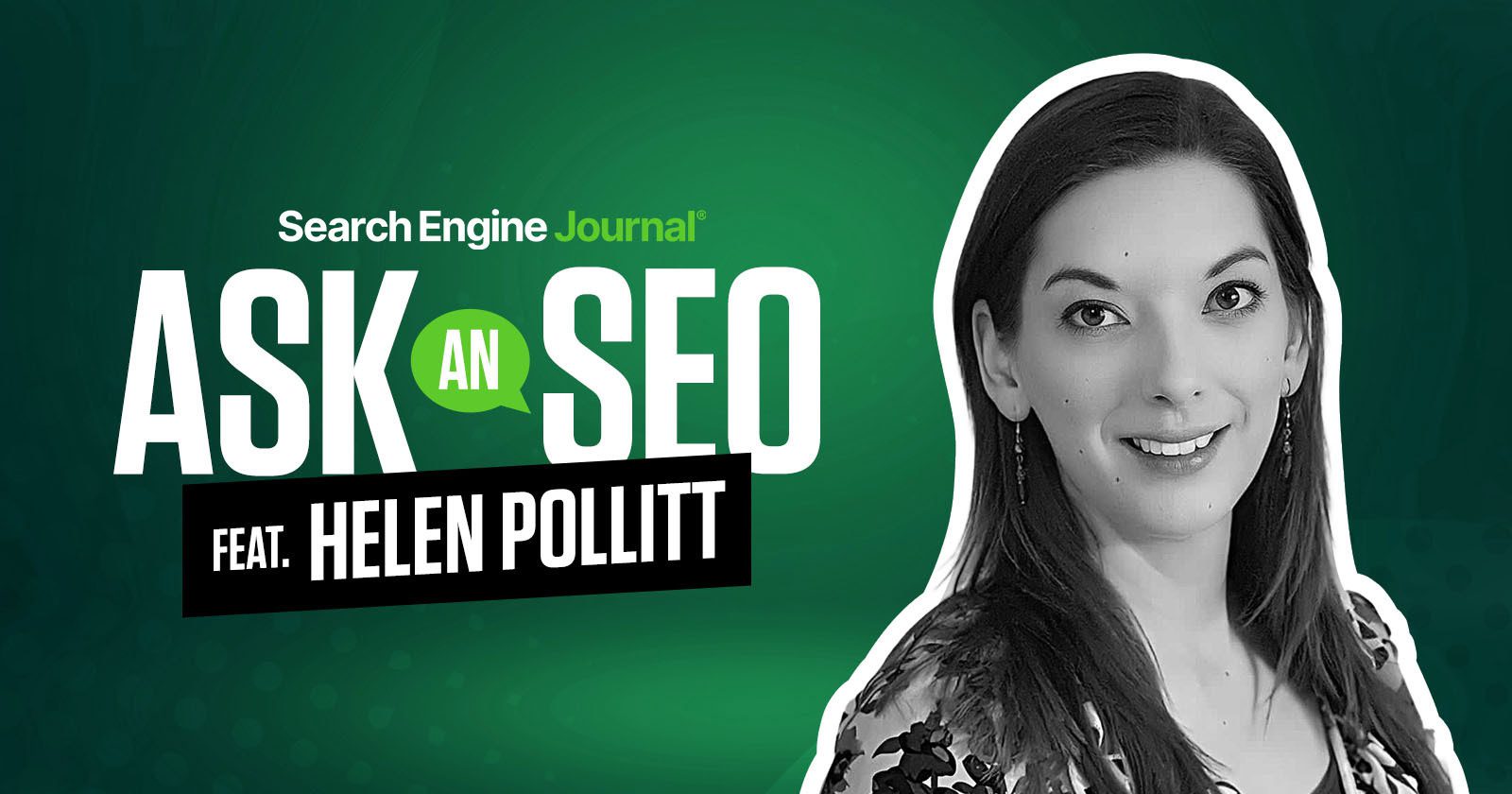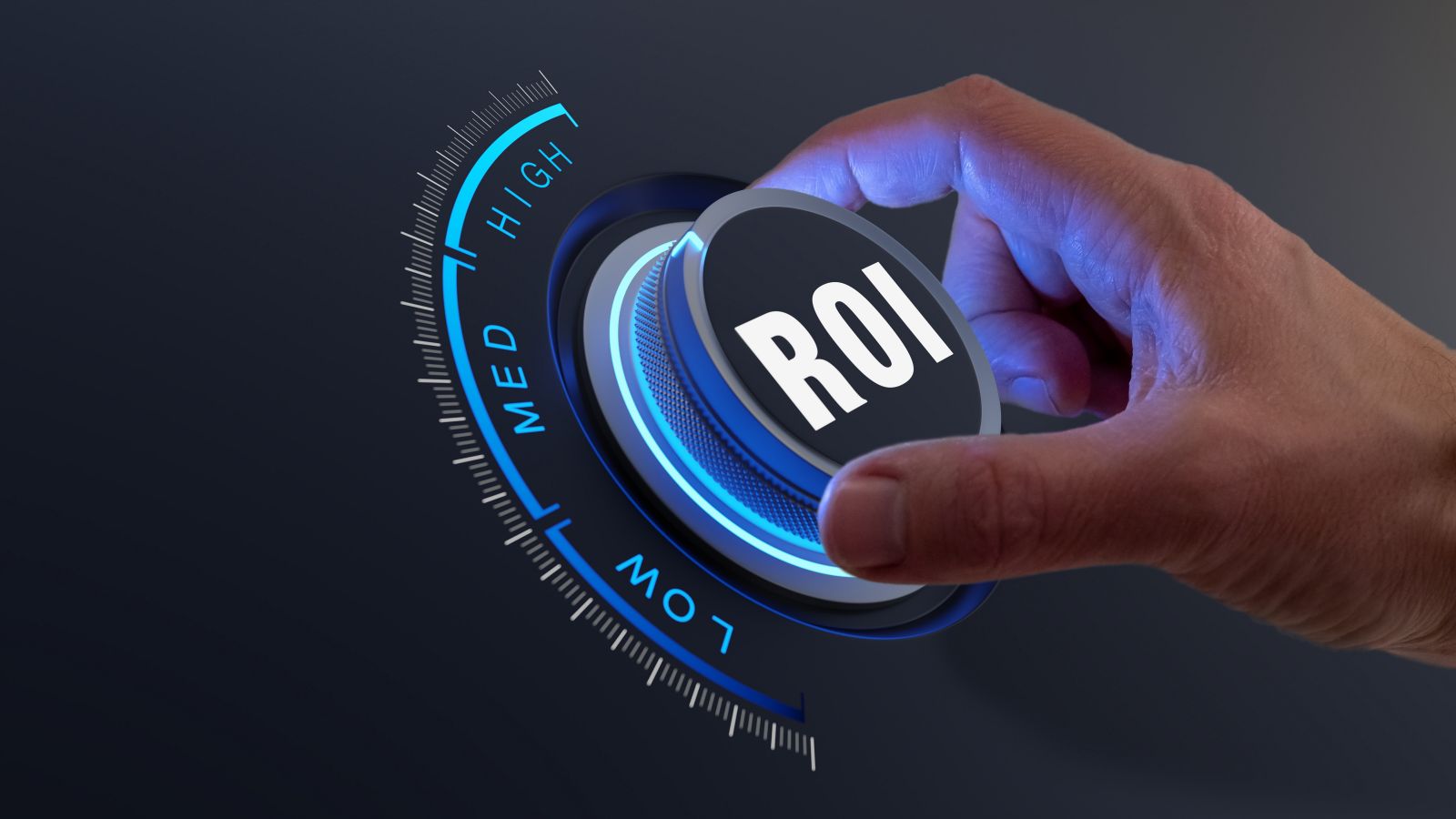Ask An SEO: How To Stop Filter Results From Eating Crawl Budget via @sejournal, @rollerblader

Today’s Ask An SEO question comes from Michal in Bratislava, who asks:
“I have a client who has a website with filters based on a map locations. When the visitor makes a move on the map, a new URL with filters is created. They are not in the sitemap. However, there are over 700,000 URLs in the Search Console (not indexed) and eating crawl budget.
What would be the best way to get rid of these URLs? My idea is keep the base location ‘index, follow’ and newly created URLs of surrounded area with filters switch to ‘noindex, no follow’. Also mark surrounded areas with canonicals to the base location + disavow the unwanted links.”
Great question, Michal, and good news! The answer is an easy one to implement.
First, let’s look at what you’re trying and apply it to other situations like ecommerce and publishers. This way, more people can benefit. Then, go into your strategies above and end with the solution.
What Crawl Budget Is And How Parameters Are Created That Waste It
If you’re not sure what Michal is referring to with crawl budget, this is a term some SEO pros use to explain that Google and other search engines will only crawl so many pages on your website before it stops.
If your crawl budget is used on low-value, thin, or non-indexable pages, your good pages and new pages may not be found in a crawl.
If they’re not found, they may not get indexed or refreshed. If they’re not indexed, they cannot bring you SEO traffic.
This is why optimizing a crawl budget for efficiency is important.
Michal shared an example of how “thin” URLs from an SEO point of view are created as customers use filters.
The experience for the user is value-adding, but from an SEO standpoint, a location-based page would be better. This applies to ecommerce and publishers, too.
Ecommerce stores will have searches for colors like red or green and products like t-shirts and potato chips.
These create URLs with parameters just like a filter search for locations. They could also be created by using filters for size, gender, color, price, variation, compatibility, etc. in the shopping process.
The filtered results help the end user but compete directly with the collection page, and the collection would be the “non-thin” version.
Publishers have the same. Someone might be on SEJ looking for SEO or PPC in the search box and get a filtered result. The filtered result will have articles, but the category of the publication is likely the best result for a search engine.
These filtered results can be indexed because they get shared on social media or someone adds them as a comment on a blog or forum, creating a crawlable backlink. It might also be an employee in customer service responded to a question on the company blog or any other number of ways.
The goal now is to make sure search engines don’t spend time crawling the “thin” versions so you can get the most from your crawl budget.
The Difference Between Indexing And Crawling
There’s one more thing to learn before we go into the proposed ideas and solutions – the difference between indexing and crawling.
- Crawling is the discovery of new pages within a website.
- Indexing is adding the pages that are worthy of showing to a person using the search engine to the database of pages.
Pages can get crawled but not indexed. Indexed pages have likely been crawled and will likely get crawled again to look for updates and server responses.
But not all indexed pages will bring in traffic or hit the first page because they may not be the best possible answer for queries being searched.
Now, let’s go into making efficient use of crawl budgets for these types of solutions.
Using Meta Robots Or X Robots
The first solution Michal pointed out was an “index,follow” directive. This tells a search engine to index the page and follow the links on it. This is a good idea, but only if the filtered result is the ideal experience.
From what I can see, this would not be the case, so I would recommend making it “noindex,follow.”
Noindex would say, “This is not an official page, but hey, keep crawling my site, you’ll find good pages in here.”
And if you have your main menu and navigational internal links done correctly, the spider will hopefully keep crawling them.
Canonicals To Solve Wasted Crawl Budget
Canonical links are used to help search engines know what the official page to index is.
If a product exists in three categories on three separate URLs, only one should be “the official” version, so the two duplicates should have a canonical pointing to the official version. The official one should have a canonical link that points to itself. This applies to the filtered locations.
If the location search would result in multiple city or neighborhood pages, the result would likely be a duplicate of the official one you have in your sitemap.
Have the filtered results point a canonical back to the main page of filtering instead of being self-referencing if the content on the page stays the same as the original category.
If the content pulls in your localized page with the same locations, point the canonical to that page instead.
In most cases, the filtered version inherits the page you searched or filtered from, so that is where the canonical should point to.
If you do both noindex and have a self-referencing canonical, which is overkill, it becomes a conflicting signal.
The same applies to when someone searches for a product by name on your website. The search result may compete with the actual product or service page.
With this solution, you’re telling the spider not to index this page because it isn’t worth indexing, but it is also the official version. It doesn’t make sense to do this.
Instead, use a canonical link, as I mentioned above, or noindex the result and point the canonical to the official version.
Disavow To Increase Crawl Efficiency
Disavowing doesn’t have anything to do with crawl efficiency unless the search engine spiders are finding your “thin” pages through spammy backlinks.
The disavow tool from Google is a way to say, “Hey, these backlinks are spammy, and we don’t want them to hurt us. Please don’t count them towards our site’s authority.”
In most cases, it doesn’t matter, as Google is good at detecting spammy links and ignoring them.
You do not want to add your own site and your own URLs to the disavow tool. You’re telling Google your own site is spammy and not worth anything.
Plus, submitting backlinks to disavow won’t prevent a spider from seeing what you want and do not want to be crawled, as it is only for saying a link from another site is spammy.
Disavowing won’t help with crawl efficiency or saving crawl budget.
How To Make Crawl Budgets More Efficient
The answer is robots.txt. This is how you tell specific search engines and spiders what to crawl.
You can include the folders you want them to crawl by marketing them as “allow,” and you can say “disallow” on filtered results by disallowing the “?” or “&” symbol or whichever you use.
If some of those parameters should be crawled, add the main word like “?filter=location” or a specific parameter.
Robots.txt is how you define crawl paths and work on crawl efficiency. Once you’ve optimized that, look at your internal links. A link from one page on your site to another.
These help spiders find your most important pages while learning what each is about.
Internal links include:
- Breadcrumbs.
- Menu navigation.
- Links within content to other pages.
- Sub-category menus.
- Footer links.
You can also use a sitemap if you have a large site, and the spiders are not finding the pages you want with priority.
I hope this helps answer your question. It is one I get a lot – you’re not the only one stuck in that situation.
More resources:
Featured Image: Paulo Bobita/Search Engine Journal








